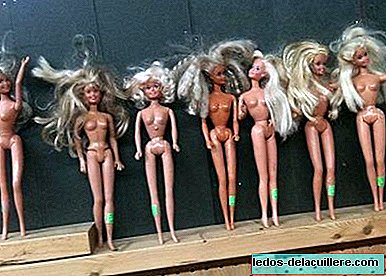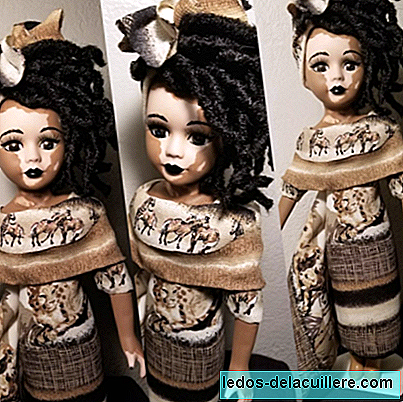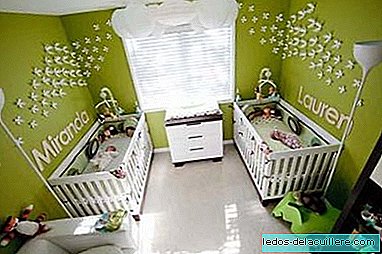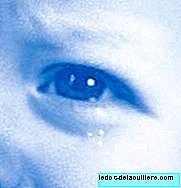
This doll of impossible measures with which millions of girls play in the world has given much to talk in recent times, to the elders who criticize the image it offers to our children. One of the controversies has to do with Barbie's appearance, her extreme thinness and if it induces food problems.
Given the success of this doll, if that data were confirmed we would not be talking about an anecdotal "side effect", but a serious problem. The figures are impressive: one is sold every 2.5 seconds in one of the 150 countries in which they are sold. Since its birth in 1959, 1,000 million units have been sold.
Perhaps this success is due to the fact that Barbie was one of the first dolls in history that did not look like a baby or a boy but an adult woman, in which the girls would see their own "adult version" reflected. A version too thin.
The main criticism of Barbie has always been his body, his impossible measures (91-46-84), which could generate anxiety in girls who would like to use it as a model of their future self.
According to Helsinki Central University Hospital, with these measures, Barbie would not have enough subcutaneous fat and would have lost her period. As happens to young people who suffer eating disorders until they reach extreme thinness. Anorexia, that of real young women, could be behind the search for that impossible body.
Evolution of the Barbie
In the past, manufacturers, Mattel, should not have thought too well a few details that today would have ended their prestige. In 1961 the equipment of the "Barbie kangaroo" came with a book entitled "How to lose weight" that included the following advice: "Do not eat."
In 1965, another accessory package called Slumber party (Pajama party) included the same book and a pink scale that marked 50 kilos (110 pounds) which would be 16 kilograms less than a person of his height (1.75 m) should weigh.
Already in 1971, before the criticism received Mattel changed the measures of the Barbie increasing the hips and reducing the chest (paradoxically, she has been accused of having too much front). But she was held responsible for the dietary problems of Western adolescents and, later, for addiction to plastic surgery.
According to recent data, 2% of American girls develop anorexia at some point in their lives, 15% bulimia and 70% look fat. But to consider Barbie the origin of eating problems or other psychological disorders is to confuse the cause-effect relationship.
Barbie would not be the cause of anything but rather the reflection of what happens in society, of what we see on the catwalks, in the movies, in the advertisements ... Barbie exists or not, the same would continue to happen. Girls do not compete to be like Barbie but to be better than their peers, and society tells them that it is better the thinner.
In 2009, the same year that the 50th anniversary of the Barbie doll was celebrated, Dr. Worobey of Rutgers University conducted a research on the influence of Barbie on its owners. He found, after doing a study on 254 women, that neither the age of their first Barbie nor how many of these dolls they had in their childhood and adolescence had a statistically significant impact on their own image or their eating behavior.
The most important factor in predicting eating behavior and obsession with a woman's diets were her memories of how much her closest family valued her physical appearance. But ... would those mothers or aunts more concerned about their appearance have a Barbie?
In short, we may like the doll more or less, its image and the values it transmits, but Barbie does not induce food problems such as anorexia, at least according to the study commented. Even so, it wouldn't be bad if they added a little more belt ...












